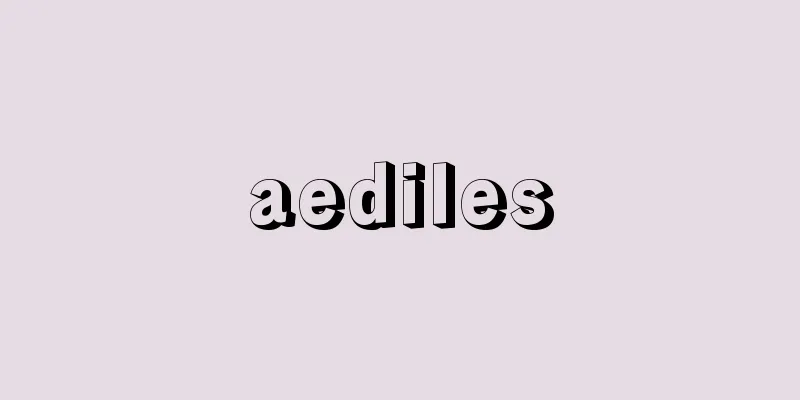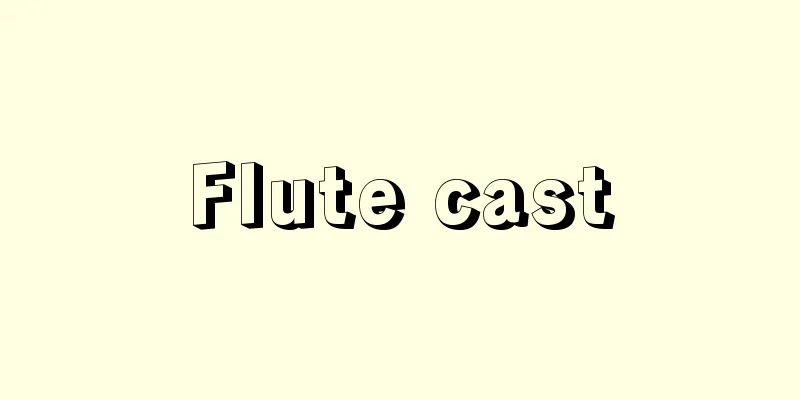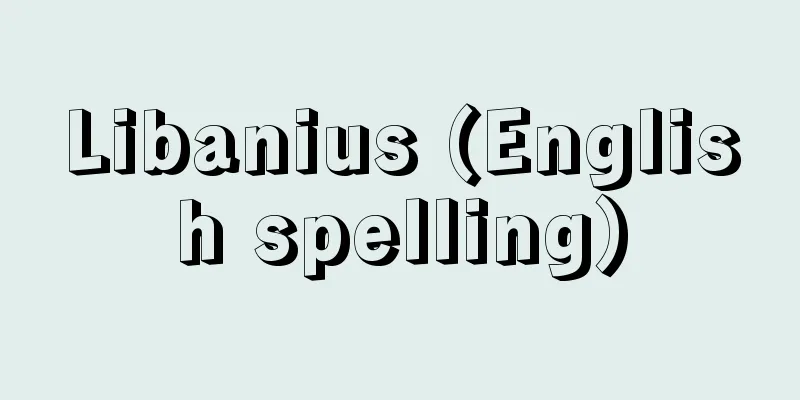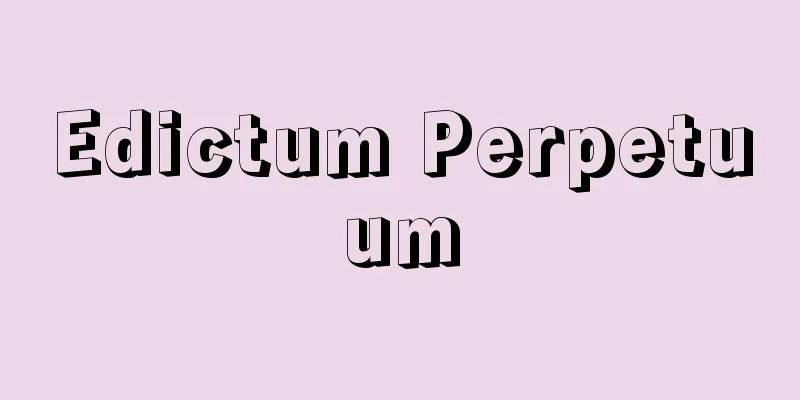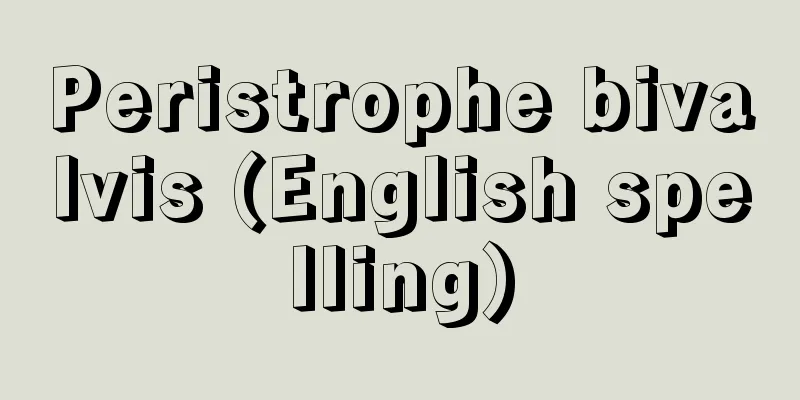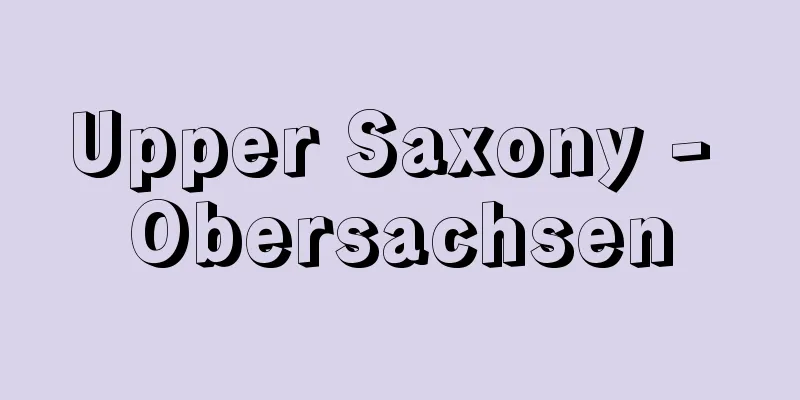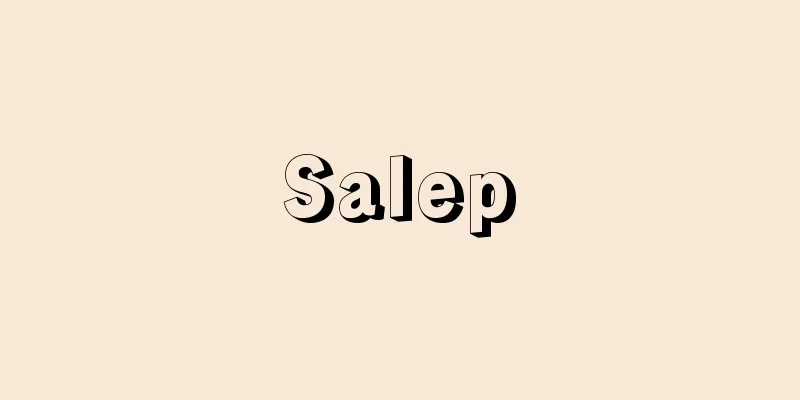Publishing Law - Shuppanho

|
In the broad sense, it means laws that regulate publishing activities, but in the narrow sense, it refers to the law enacted in April 1893 (Meiji 26). In leap April 1868 (Keio 4), the Meiji government issued a proclamation from the Dajokan stating that "From now on, all new works and reprinted documents that do not have official permission will be strictly prohibited from being sold or purchased." This was the first proclamation to control publishing issued by the Meiji government, but in May 1869, the administrative officials issued the Publishing Ordinance. This Publishing Ordinance established a system of publishing permission and a deposit system, while stipulating that those who received permission "will protect it from the government and earn a monopoly profit." However, publishing that led to arbitrary discussion, leaking of confidential information, slander, or debauchery was punished. The Publishing Ordinance was subsequently fully revised in 1875 and 1887, but the former in particular, along with the Libel Law and the Newspaper Ordinance, became a major weapon in the suppression of free speech. The 1887 ordinance also clarified the distinction between the Press Ordinance, which regulated periodical publications such as newspapers and magazines, and handed over copyright-related provisions to the Copyright Ordinance and other ordinances. The Publishing Ordinance, which was originally a Dajokan proclamation and imperial decree, became the Publishing Law in April 1893, and together with the Newspaper Law of 1909 (Meiji 42), they constituted the two major media laws under the Meiji Constitution. Like the Publishing Ordinance, the Publishing Law also required publication to be notified, but it also prohibited documents and drawings that distorted the facts to cover up crimes, disturbed peace and order, or corrupted public morals, and required permission to publish non-public documents related to government secrets. Violations of the prohibitions were punishable by light imprisonment and fines, and prosecutors and the Minister of Home Affairs were given the power to provisionally seize and suspend publication. A further amendment in 1934 (Showa 9) prohibited anything that desecrated the dignity of the Imperial Family or incited crime, and also applied the provisions of the Publishing Law to phonograph records. The Publication Law not only restricted books, but also magazines that contained academic, artistic, statistical, and advertising material. There were many examples of works that were subject to this restriction, such as Dr. Minobe Tatsukichi's book on constitutional law concerning the Emperor Organ Theory and Dr. Tsuda Sokichi's book on the history of the Age of the Gods. The Publication Law, along with the Newspaper Law and other laws, effectively lost its effect after the Second World War, and was not officially abolished until May 1949. This type of law restricting speech and publishing is a violation of Article 21 of the Constitution of Japan and is therefore not permitted. [Hideo Shimizu] "Masami Ito and Hideo Shimizu (eds.), Mass Media Law Handbook (1966, Modern Journalism Publishing Company)" [References] | | |Source: Shogakukan Encyclopedia Nipponica About Encyclopedia Nipponica Information | Legend |
|
広義には出版活動を規制する法令を意味するが、狭義には1893年(明治26)4月に制定された法律をいう。明治政府は1868年(慶応4)閏(うるう)4月「新著并(ならびに)翻刻書類(たぐい)……以後総(すべ)テ官許ヲ不経候品売買堅被差停候事」という太政官(だじょうかん)布告を発した。これが明治政府の発した最初の出版統制布令であるが、69年5月には行政官達の出版条例が公布されている。この出版条例は、出版の許可制、納本制を定める一方、許可を受けた者は「官ヨリ之(これ)ヲ保護シテ専売ノ利ヲ収メシ」めることとした。しかしまた、かってな議論や機密の漏洩(ろうえい)、誹謗(ひぼう)、淫蕩(いんとう)を導くような出版は処罰された。出版条例はその後1875年、87年に全面改正されるが、とくに前者は讒謗律(ざんぼうりつ)や新聞紙条例とともに言論弾圧の大きな武器となった。また、87年の条例により、新聞、雑誌など定期刊行物を規律する新聞紙条例との区別が明確化されるとともに、著作権関係の規定は版権条例などに譲られることとなった。 太政官布告や勅令であった出版条例は、1893年4月出版法となり、1909年(明治42)の新聞紙法とともに、明治憲法下の二大メディア法を形成した。出版法も出版条例同様、発行届出制をとったが、事実を曲げて犯罪をかばったり、安寧秩序妨害、風俗壊乱等の内容の文書図画を禁止し、官庁の機密に関する非公開文書の出版を許可制とすることなどを定めた。禁止事項違反に対しては軽禁錮、罰金に処するほか、検事や内務大臣に仮差押え、出版差止めなどの権限を与えた。さらに34年(昭和9)の改正で、皇室の尊厳を冒涜(ぼうとく)したり、犯罪を扇動するものを禁じるとともに、蓄音機レコードについても出版法の規定を準用することとした。出版法は書籍のほか、もっぱら学術、技芸、統計、広告の類を記載する雑誌も規制の対象としたが、天皇機関説に関する美濃部(みのべ)達吉博士の憲法書や津田左右吉(そうきち)博士の神代史に関する著書など、これにより規制を受けた例は少なくない。 出版法は新聞紙法などとともに、第二次世界大戦後、事実上その効力を失ったが、正式に廃止されたのは1949年(昭和24)5月である。この種の言論出版規制法は、日本国憲法の下では第21条違反であり、許されない。 [清水英夫] 『伊藤正己・清水英夫編『マスコミ法令要覧』(1966・現代ジャーナリズム出版会)』 [参照項目] | | |出典 小学館 日本大百科全書(ニッポニカ)日本大百科全書(ニッポニカ)について 情報 | 凡例 |
>>: Publication contract - shuuppankeiyaku (English spelling) publication contract
Recommend
Cronin, James Watson
Born: September 29, 1931, Chicago, Illinois [Died]...
Coastal levee
There are two types of levees: those that prevent...
Akaishi Township - Akaishi Township
...It occupies the lowlands on the north bank of ...
Ahmediye Cami (English spelling) Ahmediye Cami
…A mosque in Istanbul. Its common name is the Blu...
Ahvaz (English spelling)
...It is located in the south of Iran, downstream...
Gall - Boshokushi
Also called "Mosshokushi". It is the dri...
Corporate strategy
...This is demonstrated by the creation of techno...
Columbine - Columbine
A perennial plant of the Ranunculaceae family (AP...
emphysematous bulla
…These include the internal bullae, the subpleura...
Omiwa no Koremoto - The origin of Omiwa
...Their main family home was Ono-go, Ono County,...
Sotobo Line - Sotobosen
The name of the East Japan Railway Company's ...
Imperial Constitution - Kinteikenpo
A constitution enacted by a monarch. A type of wr...
Otterlight - Otterlight
…The crystal structure is also slightly different...
Lacquer - Lacquer (English spelling)
In the past, nitrocellulose (nitrocellulose) was ...
Jensen, P.
…T.G. Pinches read this name as Gilgamesh in 90-9...
